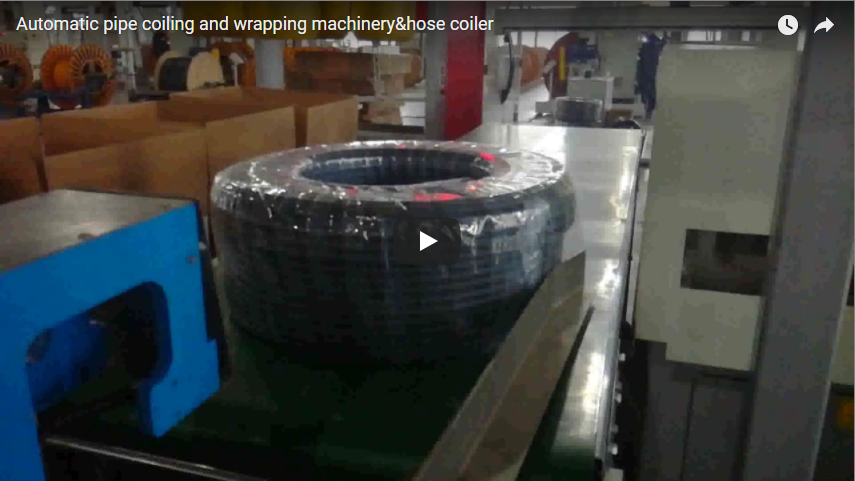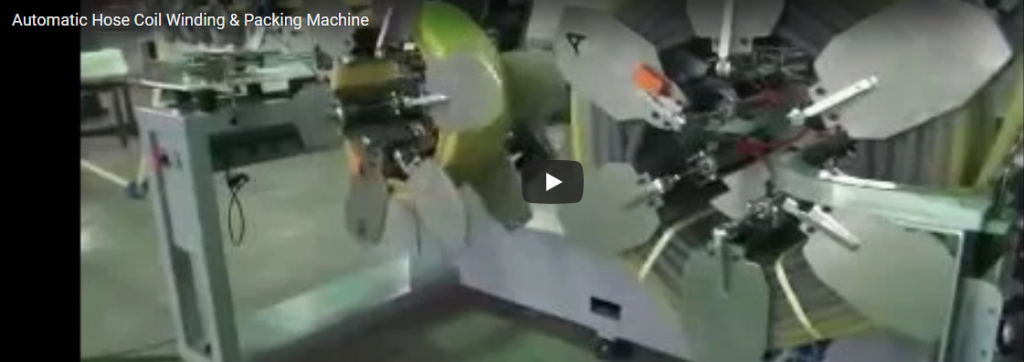Enhancing Packaging Efficiency with Advanced Box Shrink Wrap Machines
In today's competitive manufacturing and logistics landscape, optimizing packaging operations is paramount. The box shrink wrap machine stands out as a critical asset, delivering robust product protection, enhanced shelf appeal, and improved operational throughput. Leveraging technologies often highlighted in packaging industry publications and technical papers, these systems provide automated solutions for securely enclosing products in polymer films.
Core Operational Principles: Sealing and Shrinking
The primary function revolves around two key stages: side sealing and heat shrinking. This combination ensures boxes are encased in a tight, protective layer, safeguarding contents from environmental contaminants like dust and moisture, while also offering tamper evidence.
- Product Infeed and Film Application: Boxes are typically fed via conveyor into the wrapping zone. A roll of shrink film (commonly polyolefin-based due to its clarity and strength, as noted in packaging material studies) is precisely dispensed around the product.
- Side Sealing: Unlike traditional L-bar sealers that create seals on three sides requiring a pause, continuous motion side sealers, often incorporating innovations seen in recent patents (e.g., focusing on consistent heat distribution and speed), create a longitudinal seal along the side of the box as it moves. Cross seals are then applied to the front and back, fully enclosing the item. This method significantly boosts throughput for high-volume lines.
- Shrink Tunnel Passage: The loosely wrapped box proceeds into a heat shrink tunnel. Controlled circulation of hot air causes the polymer film to shrink uniformly around the box's contours. Precise temperature and airflow management, subjects of ongoing research for energy efficiency, are crucial for achieving a taut, wrinkle-free finish without damaging the product or film.
Technological Advancements and Performance Metrics
Modern box shrink wrap machine systems incorporate features designed to maximize efficiency and adapt to diverse packaging needs:
- Automation & Control: PLC-based controls allow for precise adjustments of sealing temperature, dwell time, conveyor speed, and tunnel parameters, often stored as recipes for different product sizes. Integration with upstream and downstream automation is becoming standard, as reported in trade journals like Industrial Equipment News.
- Material Compatibility: Advanced machines are engineered to handle a wider range of film types and thicknesses, including thinner gauge films driven by sustainability initiatives, without compromising seal integrity or shrink quality.
- Energy Efficiency: Innovations in heat tunnel insulation, airflow design, and heating element technology contribute to reduced energy consumption per package, a key consideration for operational cost and environmental impact. Research papers often explore computational fluid dynamics (CFD) modeling to optimize these aspects.
- Sealing Technology: Enhancements in sealing blade materials, non-stick coatings, and temperature control systems ensure consistent, strong seals even at high speeds, minimizing downtime and waste.
Key System Parameters for Selection
Choosing the appropriate shrink wrapping equipment requires evaluating several factors:
- Production Speed: Measured in packs per minute (PPM), ranging from semi-automatic systems (~10-20 PPM) to high-speed automated lines (60+ PPM).
- Package Size Range: Maximum and minimum length, width, and height capabilities.
- Sealing Dimensions: Width of the end seal bar and maximum height of the side seal.
- Film Specifications: Compatible film types (e.g., Polyolefin, PVC, PE), center-folded roll width, and maximum roll diameter.
- Operational Footprint: Physical space required for the machine and necessary clearances.
- Power and Air Requirements: Electrical voltage/phase/amperage and compressed air needs (PSI/CFM).
Diverse Industrial Applications
Box shrink wrap machines are indispensable across numerous sectors:
- Food and Beverage: Bundling multi-packs, providing tamper evidence for containers.
- Pharmaceuticals and Cosmetics: Ensuring product integrity, security, and shelf appeal.
- Consumer Goods: Packaging electronics, toys, household items for retail display.
- Printing and Publishing: Protecting books, magazines, and paper products from damage.
- Contract Packaging (Co-Packing): Offering versatile solutions for varied client needs.
Summary of Benefits
Implementing advanced box shrink wrap technology yields significant advantages:
- Superior Product Protection: Shields against dirt, moisture, and handling damage.
- Enhanced Visual Appeal: Creates a glossy, professional finish attractive to consumers.
- Tamper Evidence: Provides clear indication if a package has been opened.
- Unitization and Bundling: Efficiently groups items for sale or distribution.
- Increased Operational Efficiency: Automation reduces labor costs and increases throughput.
- Versatility: Adaptable to various product sizes and film types.
By integrating robust engineering with features highlighted in industry research and publications, modern box shrink wrap machines offer a reliable and efficient solution for demanding packaging environments.






